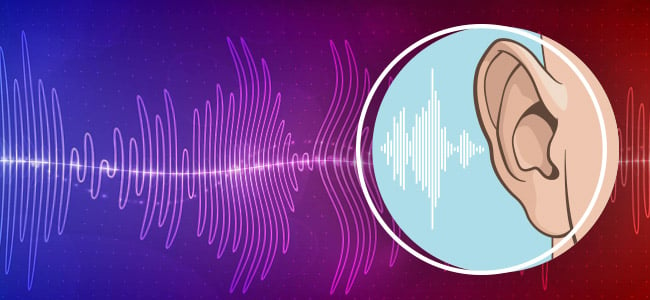

Conclusion These findings indicate that dysfunctional brain regions are involved in auditory processing, language production and monitoring, and sensory information filtering in patients with SZ with AVHs, which may be helpful in furthering the understanding of pathophysiological correlates of AVHs in SZ. The area under the receiver operating characteristic curve was 0.76-0.90 for all RSNs. Furthermore, a positive correlation between the degree of coactivation within the motor network and the severity of AVHs was observed in patients with SZ with AVHs (r = 0.67, P =. 05 with false discovery rate correction). Amplitude of low-frequency fluctuation analysis demonstrated similar patterns within these RSNs (P <. Our findings suggest that aberrant functional activity and metabolism in the abovementioned networks play key roles in the occurrence of AHs. Results Independent component analysis demonstrated symptom-specific abnormal disrupted coactivation within the auditory, default mode, executive, motor, and frontoparietal networks and was pronounced in the auditory cortex, supramarginal gyrus, insula, putamen, dorsolateral prefrontal cortex, angular gyrus, precuneus, and thalamus (P <. Receiver operating characteristic analysis was used to evaluate the diagnostic performance of these brain function measures. Two-sample t tests were used to compare regional brain function between the two patient groups, and Pearson correlation analysis was used to characterize the relationship between imaging findings and severity of AVHs. As the cortical localization and the neural pathways for speech sound perception are quite well mapped out, not the least from recent functional neuroimaging studies (Binder and Price, 2001 Hickok and Poeppel, 2007 Hugdahl et al. Regional brain function was then explored within RSNs by using the amplitude of low-frequency fluctuation. Dual regression was implemented to perform between-group analysis. Independent component analysis was used to investigate RSNs in 17 patients with first-episode untreated SZ with AVHs, 15 patients with SZ without AVHs, and 19 healthy control subjects who underwent resting-state functional magnetic resonance imaging. Indirect methods, not looking at activation during hallucination. Materials and Methods This cross-sectional study was approved by the local ethics committee, and written informed consent was obtained from all participants prospectively recruited. brain events triggering or increasing vulnerability to auditory/ verbal hallucinations. Purpose To investigate auditory verbal hallucination (AVH)-specific patterns of brain activity within the resting-state networks (RSNs) that have been proposed to underpin the neural mechanisms of schizophrenia (SZ).


 0 kommentar(er)
0 kommentar(er)
